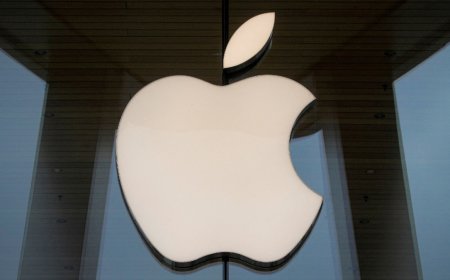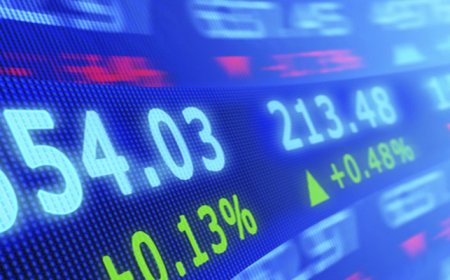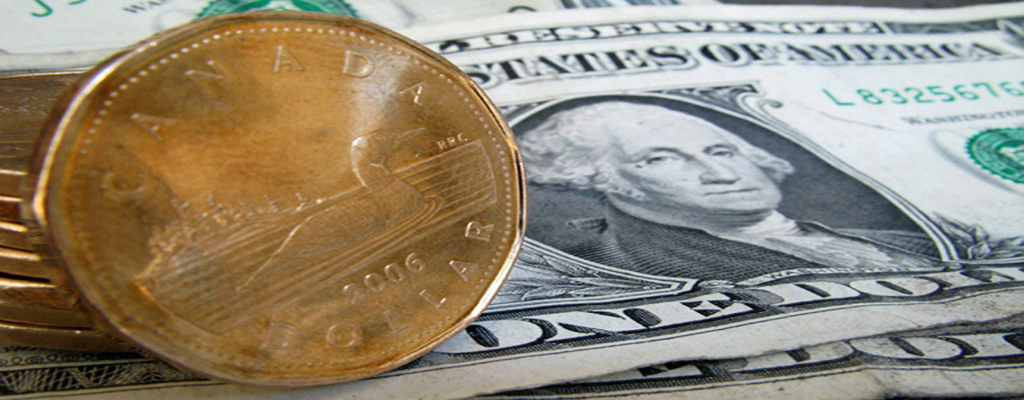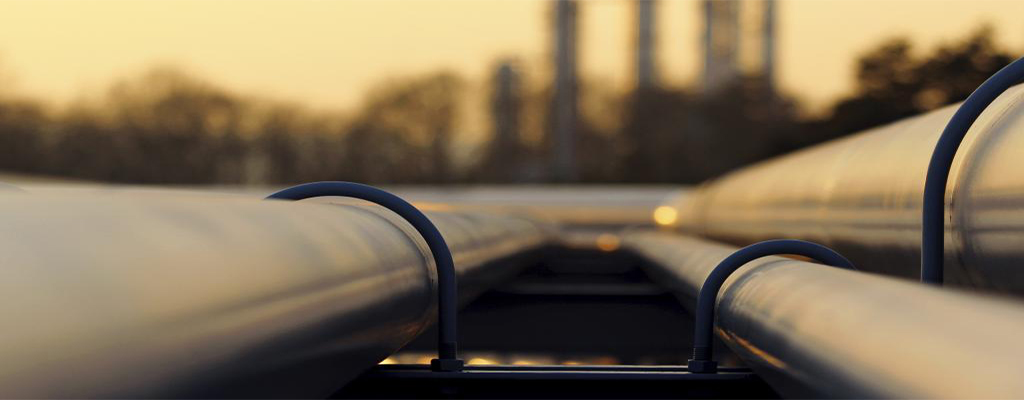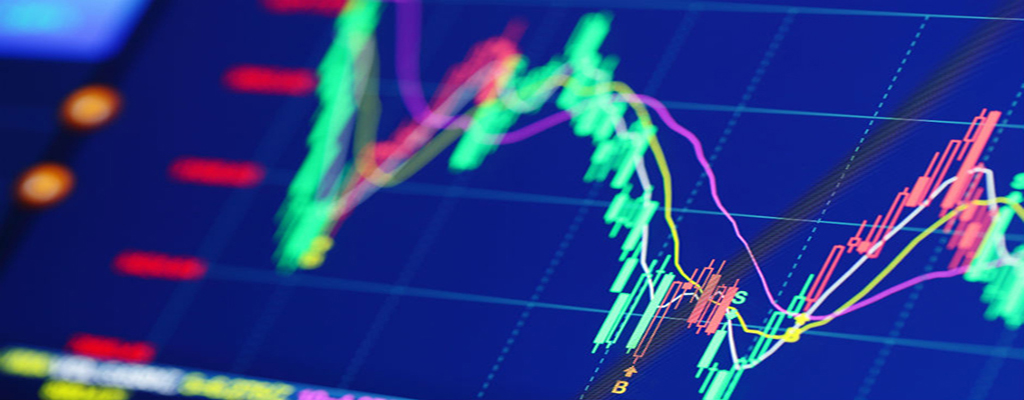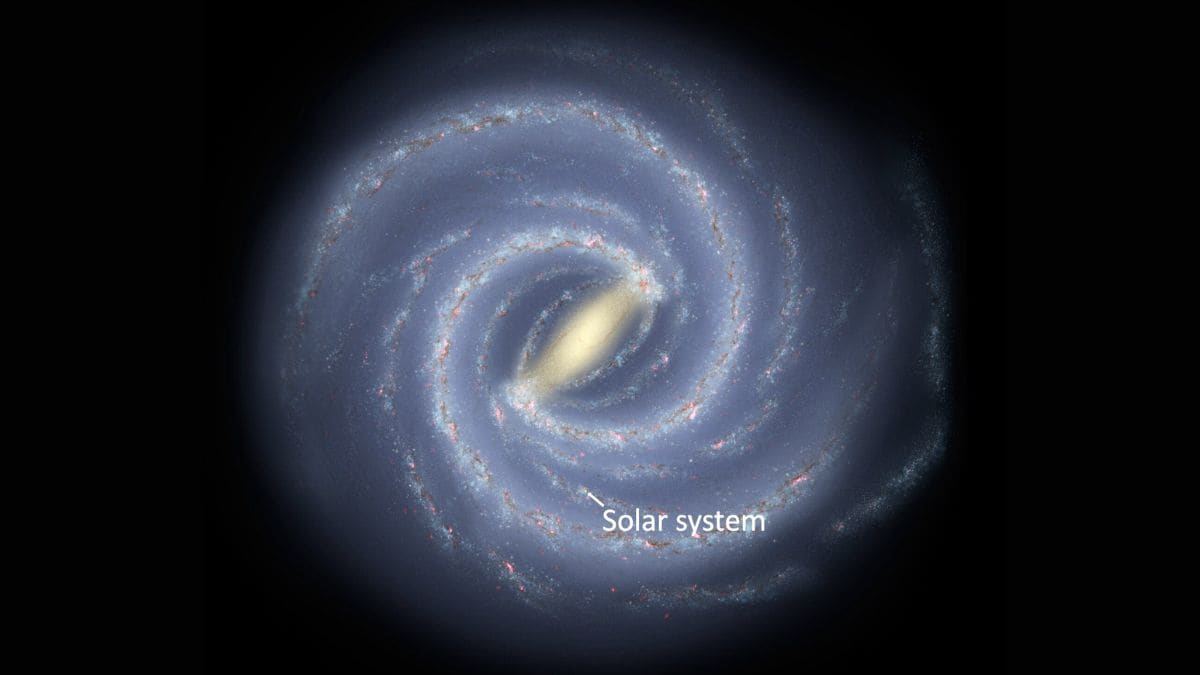U.S. Battery Makers Declare National Emergency After China’s Antimony Ban

Battery makers in America have started to feel the pinch from China’s ban of exports of the critical mineral antimony, to the point of seeing the shortage as a national emergency.
Last summer, China, which supplies more than half of the world’s antimony product, introduced export restrictions of the critical mineral. In December 2024, Beijing banned all antimony exports to the United States in response to U.S. chip technology restrictions on China.
Antimony has been listed as a mineral critical to U.S. economic and national security by the U.S. Department of Interior, a distinction also held by rare earth elements (REEs), cobalt, and uranium.
The leading uses of antimony are in lead-acid batteries—which are used to start any vehicle, as well as in military applications including night vision goggles, explosive formulations, flares, and infrared sensors.
The Chinese ban is already affecting battery manufacturers and automotive suppliers.
“We consider it a national emergency,” Steve Christensen, executive director at the U.S.-based Responsible Battery Coalition, told Reuters.
“There are no quick solutions... We were completely caught off guard collectively, as an industry,” Christensen added.
Antimony prices soared at the end of last year after China banned exports to the U.S. Prices had already doubled in the second half of 2024 after China said in August that companies would need to apply for export licenses to export antimony ore, metals, oxides, hydrides, and other related products.
The ban reverberated through the supply chains and is raising costs for battery makers with expensive and difficult-to-find supply.
In the global antimony market, China is not only the top producer, but also boasts the majority of antimony processing facilities, somewhat analogous to China’s role in REEs production, the U.S. Geological Survey says.
The heavy reliance on China for antimony “increases the potential for policy developments in China to influence antimony pricing,” USGS notes.
By Tsvetana Paraskova for Oilprice.com
